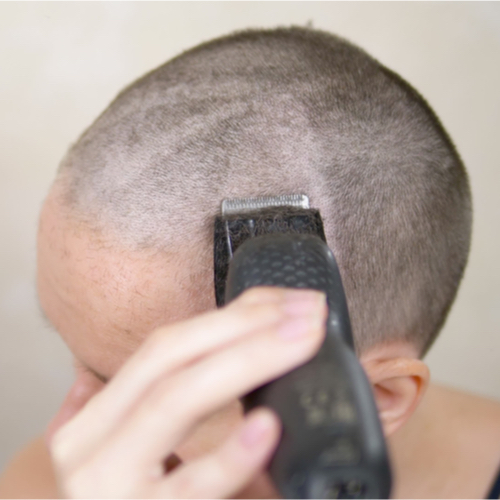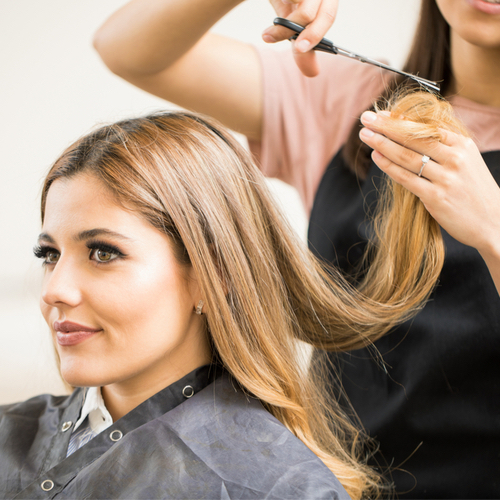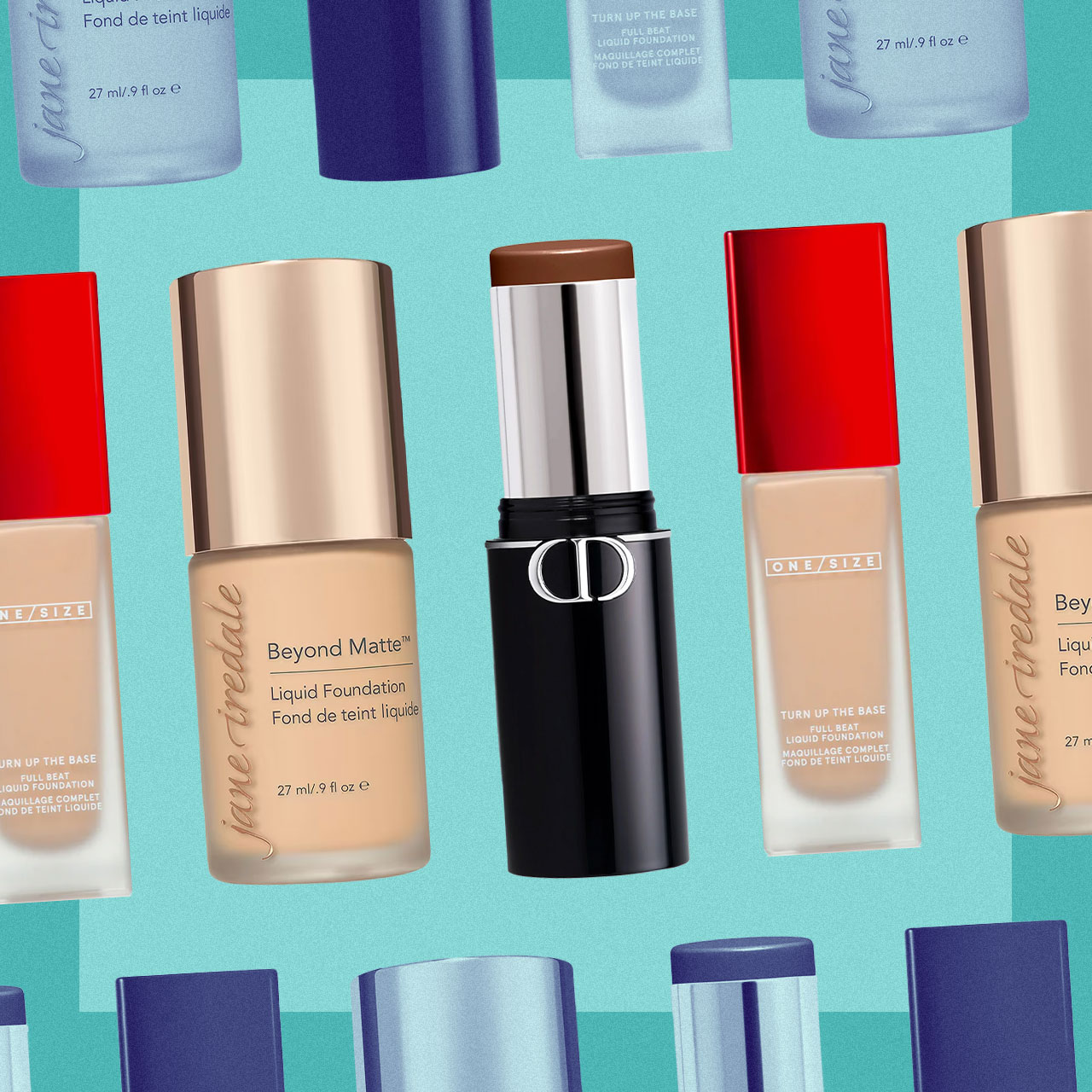This is an archived article and the information in the story may be outdated. Please check the time stamp on the story to see when it was updated last.
Contrary to popular belief, it’s actually perfectly natural to experience moderate hair loss and fallout each day as you go about brushing your locks, sleeping, and showering. However, when your hair loss exceeds 50-100 strands in a day, you may have reached a point where your thinning may be abnormal and it could be time to take steps to invoke new hair growth while strengthening your existing strands.
Traditionally, getting a haircut semi-regularly has been regarded as a habit which can help to preserve the health of your locks while allowing them to grow to their longest length without developing split ends or falling out. However, there are certain haircuts which may actually make it more difficult for your hair to grow back, and should be avoided particularly when struggling with thinning hair to begin with. If you’re planning your next big chop, stylists offer a word of warning as to the one cut you should avoid if you’re suffering from hair loss to preserve your locks.


It may be tempting as you work to navigate excessive fallout to simply chop off your hair and start fresh, letting it grow back healthier from the root. This may seem like a simple plan, but shaving your head or turning to an excessively short haircut can actually stunt new hair growth in the future, and it may not grow back as well as you had hoped.
“Going bald is an accelerating option for women when hair fallout is really bad. But it might not always be the best cut,” warns hair expert Ghanima Abdullah. “Hair has a tendency to grow back thinner when a bald cut is used - that is if the person is already experiencing thinning.” If you’re sold on keeping your hair sheared short for the foreseeable future then feel free to pull out the clippers, but if the hope is to sprout healthier hair afterwards, this cut is not advisable.
When you opt for an exceedingly short haircut that is shorn close to the skull, you run the risk of irritating your scalp as it is now exposed to more elements without your hair to protect it. “Bald cuts and very low cuts that show the scalp can cause an excessive amount of friction on the scalp from headrests, pillows, and collars. This can lead to more thinning,” says Abdullah. In turn, when your hair does begin to grow back, it’s more likely to be sparse and weak which will also be prone to fallout, defeating the purpose of the dramatic cut.

If your hair loss has fallen into the range of severe and you’re noticing prominent balding or thinning patches on your scalp, Abdullah suggests considering a short layered cut which can be swept over the areas of fallout, effectively hiding the issue with a chic chop. While going bald in the hopes of growing back healthier hair may not be your best bet, it’s also not advised to keep your locks long as this can weigh down on the strands and make fallout even worse. Longer hair is also more likely to be pulled into a ponytail on the go or when you’re working out, and this is actually the worst style you could try if you’re experiencing excessive thinning.
There’s no question that having visibly thin hair can be a struggle with few obvious solutions in sight. However, meeting with a hair loss specialist can be incredibly useful for creating a plan of action that will preserve your existing locks while promoting new hair growth. In the meantime, a short, layered cut is a much better option to turn to than going completely bald so that you can maintain the hair that you do have, working to thicken those strands instead of starting from scratch. From topical solutions, to supplements, and even some small alterations in your diet, there are options available to grow your hair back thicker and healthier than ever.


























